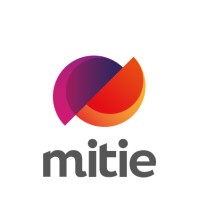
USM
USM, an EMCOR company, specializes in providing non-core, mission critical facilities maintenance and management services to large organizations with geographically dispersed properties in various industries such as retail, restaurants, banking, telecommunications, and others with multi-location business operations. USM’s team works with clients to eliminate the task of managing multiple service contracts, to proactively create planned and corrective maintenance strategies, and to streamline billing, reporting, and other administrative functions, so their clients can focus on their core business. Regardless of the type of service - whether it’s electrical, HVAC, repair and maintenance, landscaping, snow and ice management, or janitorial and floor care - USM takes a unique, total supply chain management approach to delivering the outcomes that their clients desire.






